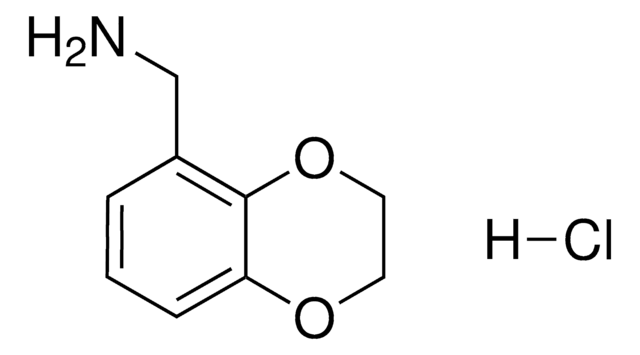11074
Disperse Red 1
analytical standard
Synonym(s):
N-Ethyl-N-(2-hydroxyethyl)-4-(4-nitrophenylazo)aniline
About This Item
Recommended Products
grade
analytical standard
Quality Level
assay
≥96.0% (HPLC)
shelf life
limited shelf life, expiry date on the label
technique(s)
HPLC: suitable
gas chromatography (GC): suitable
mp
160-162 °C (lit.)
application(s)
cleaning products
cosmetics
environmental
food and beverages
personal care
format
neat
SMILES string
CCN(CCO)c1ccc(cc1)\N=N\c2ccc(cc2)[N+]([O-])=O
InChI
1S/C16H18N4O3/c1-2-19(11-12-21)15-7-3-13(4-8-15)17-18-14-5-9-16(10-6-14)20(22)23/h3-10,21H,2,11-12H2,1H3/b18-17+
InChI key
FOQABOMYTOFLPZ-ISLYRVAYSA-N
Looking for similar products? Visit Product Comparison Guide
General description
Application
Features and Benefits
Recommended products
Choose from one of the most recent versions:
Already Own This Product?
Find documentation for the products that you have recently purchased in the Document Library.
Customers Also Viewed
Our team of scientists has experience in all areas of research including Life Science, Material Science, Chemical Synthesis, Chromatography, Analytical and many others.
Contact Technical Service











